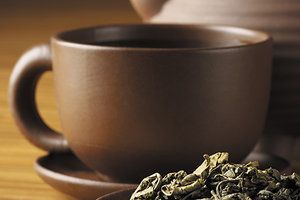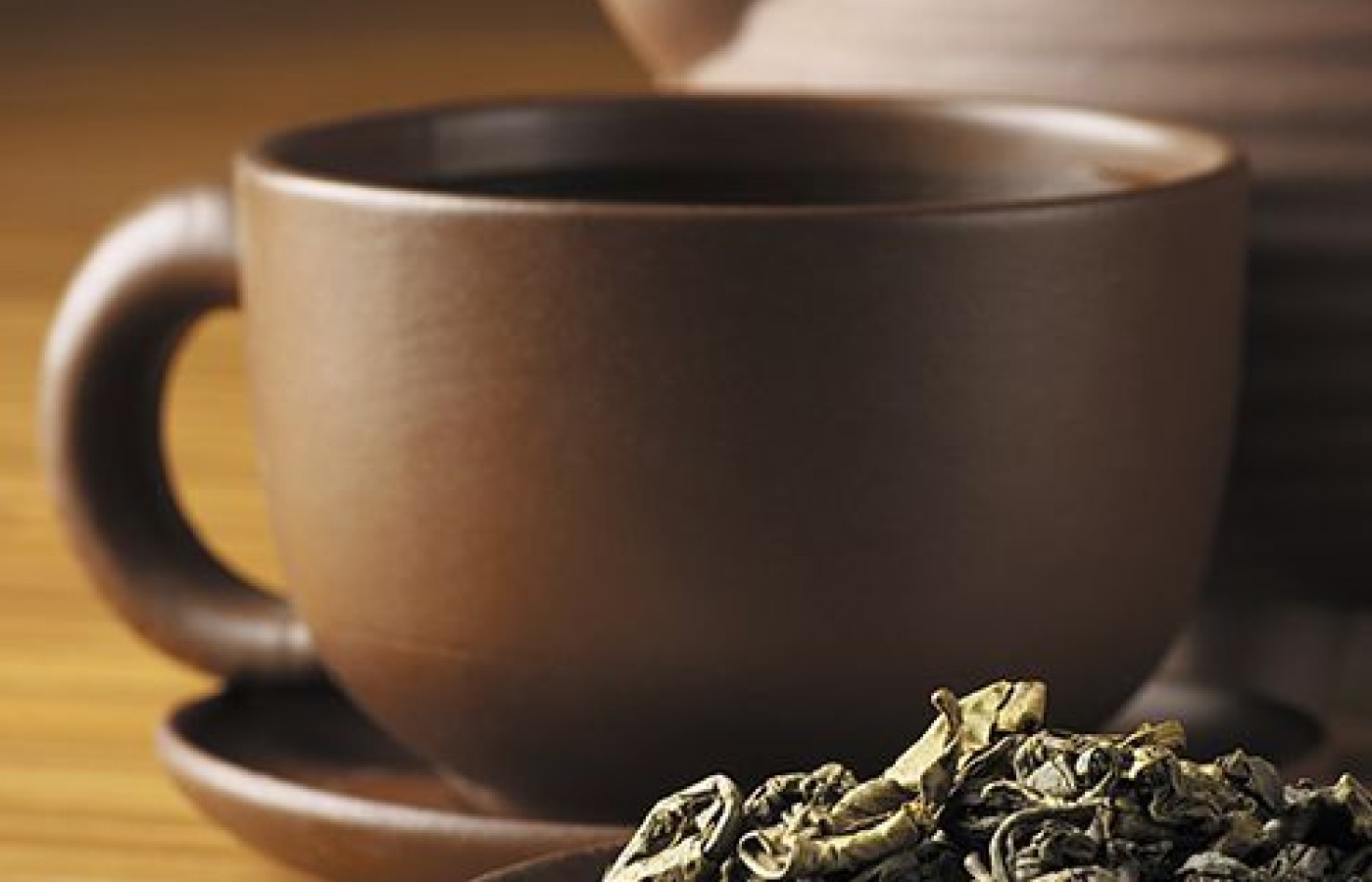Some doctors thrive in a personality-based clinic and have a loyal following no matter what services or equipment they offer, but for most chiropractic offices who are trying to grow and expand, new equipment purchases help us stay relevant and continue to service our client base in the best, most up-to-date manner possible. So, regarding equipment purchasing: should you lease, get a bank loan, or pay cash?
Ancient Tradition, Modern Application: Herbal Formulas and Your Practice
Since its inception, chiropractic has been at the forefront of changes in the field of natural healing. Chiropractic health care has developed its own unique systems. It also has incorporated highly effective applications from other natural healing methods in the clinical setting. Now is the time to bring one of the oldest and most effective natural healing methods into your practice: herbal medicine.
Herbal medicines support the natural healing capacity of the body and work with the body's innate intelligence to help heal itself. This makes herbal medicine a natural fit for the chiropractic clinical setting. Herbal medicines are unlike pharmaceutical medications, which interfere with normal functioning of the body and its systems.
While modern chiropractic was founded by D.D. Palmer in 1895, there is evidence that manipulation of the joints of the body dates back thousands of years. Herbal medicine also has been around for thousands of years. Herbal medicines are natural, not synthetically produced, with literally thousands of plants, flowers and roots that can be used to aid human health.
Centuries of Use, Modern Applications
The immediate question that comes to the chiropractor's mind is, "Are herbal medicines safe?" We see stories on the news media and online about how there is no consistent, standard process for making herbal supplements. This is a legitimate question and must be answered.

In the U.S., the Food and Drug Administration (FDA) studies the safety and efficacy of pharmaceutical medications. It does not have a branch that specifically studies the safety and efficacy of herbal medicines. However, herbal medicine has long been used throughout most of the world – in many countries as the primary form of medicine.
For instance, Japan has set up strict guidelines under the Ministry of Health, Labour and Welfare for the manufacturing of herbal medicines. Japanese-style herbal medicine is referred to as Kampo medicine. It is based upon the classical medicine of China's Han Dynasty, dating back to 206 B.C. Today, more than 83.5 percent of Japanese physicians prescribe Kampo medicine in conjunction with conventional medicine.1 In fact, in Japan, Kampo medicine is reimbursed by national health insurance.
Currently, Kampo herbal products are being distributed the U.S. The Kampo tradition uses fixed and precise combinations of herbs in standardized amounts. This eliminates the chance of inconsistency. All of the products in the Kampo line are backed by extensive scientific research to further validate efficacy.
Herbal medicine is delivered in many distinct forms, but mostly in granules and capsules. The granular form is dissolved in hot or warm water and can be consumed like a tea. The capsules are swallowed with water similar to any vitamin.
Herbal Medicine in Action: A Clinical Case Example
The clinicians may ask: What conditions can I treat with herbal medicine? How do I know what herbals to use? How long does the patient use it? Let's answer these questions with a clinical case example.
Consider aging patients who are losing vitality and are seeing you for back pain. In other words, these patients have general health issues related to the aging process. You see these patients every day. They have back pain, insomnia, general aches and pains, tiredness, lack of vitality, etc. Although these patients have many daily issues with their health, they are generally functioning; just not up to par. These are everyday chiropractic patients and are likely looking for more than just a spinal manipulation.
They also take vitamins and most likely take numerous medications. They are generally over 50 years old. They are, in essence, the bread and butter of a chiropractic practice.
Here is a pair of classical herbal formulas you can offer them to improve their health: Jin Gui Shen Qi Wan (or Ba Wei Di Huang Wan) and Liu Wei Di Huang Wan (Rehmannia Eight Formula and Rehmannia Six Formula, respectively). In Traditional Chinese Medicine (TCM), these two herbal formulas are used to strengthen kidney yang and nourish yin deficiency to produce yang. Since most of you don't have a TCM background, let me explain what this means to a chiropractor in the clinical setting.
In TCM, yang is considered movement, such as the movement of blood, nerve energy or any other functional movement in the body. Yin is considered to be the material that the yang is moving. In TCM our bodies seek homeostasis through the balance of yin (material) and yang (movement). Herbal formulas help the body find that homeostasis in conjunction with spinal manipulation.
There are many clinical research studies to support the usage of herbal medicine. Here is an example for using Jin Gui Shen Qi Wan in aging patients. In a double-blind, placebo-controlled clinical trial published in the Journal of American Geriatrics Society in 2004, Jin Gui Shen Qi Wan significantly improved cognitive function in Alzheimer's disease (AD) patients.2
Researchers at Tohoku University in Japan studied 33 AD patients. The herbal formula was given to 16 patients and a placebo to 17 patients for eight weeks, with a washout period (no treatment or placebo given) of eight weeks. During both the treatment and washout periods, patients' cognitive functions and activities of daily living were assessed using the Mini-Mental State Examination (MMSE) and the Barthel Index.
The study found that both MMSE and Barthel Index improved significantly following the treatment with Jin Gui Shen Qi Wan, but not placebo. Eight weeks after the end of the treatments, both indices declined to the baseline level. (For professional interest, Jin Gui Shen Qi Wan ingredients include: Rehmannia root, Cornus fruit, Dioscorea rhizome, Alisma rhizome, Moutan bark, cinnamon bark, hoelen and processed lateral root of aconite.)
Application in Your Practice
Clinical symptoms: A patient with kidney yang deficiency may exhibit some of the following symptoms: soreness, weakness or pain in the back or knees; sensation of feeling cold; a general aversion to cold; weak lower limbs; decreased libido; clear, copious urine or incontinence; poor appetite; loose stools; and edema. Kidney yin deficiency symptoms include soreness and weakness of the lumbar regions and knees; dizziness; ringing in the ears; hearing problems; a dry mouth and throat; a hot sensation in the palms, soles and chest; spontaneous sweating; and constipation. These symptoms relate to probably at least half of the patients you see on a daily basis.
In my clinical experience, patients with kidney yang deficiency symptoms are mostly men. They should take Jin Gui Shen Qi Wan for at least three months. The majority of kidney yin deficiency symptoms are displayed in women. They can be treated with Liu Wei Di Huang Wan. If the condition is chronic, the formula can be taken for a longer period of time.
Reduction of usage of the formulas should be based on clinical and symptom improvement per your evaluation. As with spinal manipulation, acute cases require shorter treatment duration than moderate or chronic cases.
6 Reasons to Start Using Herbal Medicine
- You can develop a new and significant income stream while giving your patients an additional approach to health care.
- For almost every chiropractic condition, there is a compatible herbal formula to promote additional healing or to get at areas of health spinal manipulation might not reach.
- It is 2014 and like it or not, the Affordable Care Act is here. What the act will do to chiropractic income streams is mostly unknown. Based on reimbursement from other government-run programs, the amount you get paid for the average patient visit will likely be reduced. The simple answer is to see significantly more patients – but there are other options, like incorporating herbs into your practice.
- There is science behind it. Scientific studies regarding herbal formulas can be found online via the U.S. National Library of Medicine.
- If you source your herbal products from a supplier that is for practitioners only, your patients cannot buy these high-quality and safe products elsewhere. This allows you to be a unique direct reseller of the herbal products.
- Many herbal suppliers offer continuing-education programs via webinars. There is great educational value in learning how to easily and correctly use the right herbs and/or herbal formulas. The more you understand and can speak directly to your patients on the value of herbs, the greater your chance of a positive outcome.
References
- Moschik EC, et al. Usage and attitudes of physicians in Japan concerning traditional Japanese medicine (Kampo medicine): a descriptive evaluation of a representative questionnaire-based survey. Evidence-Based Complement Alt Med, 2012.
- Iwasaki K, et al. A randomized, double-blind, placebo-controlled clinical trial of the Chinese herbal medicine "ba wei di huang wan" in the treatment of dementia. J Am Geriatr Soc, 2004 Sep;52(9):1518-21.



